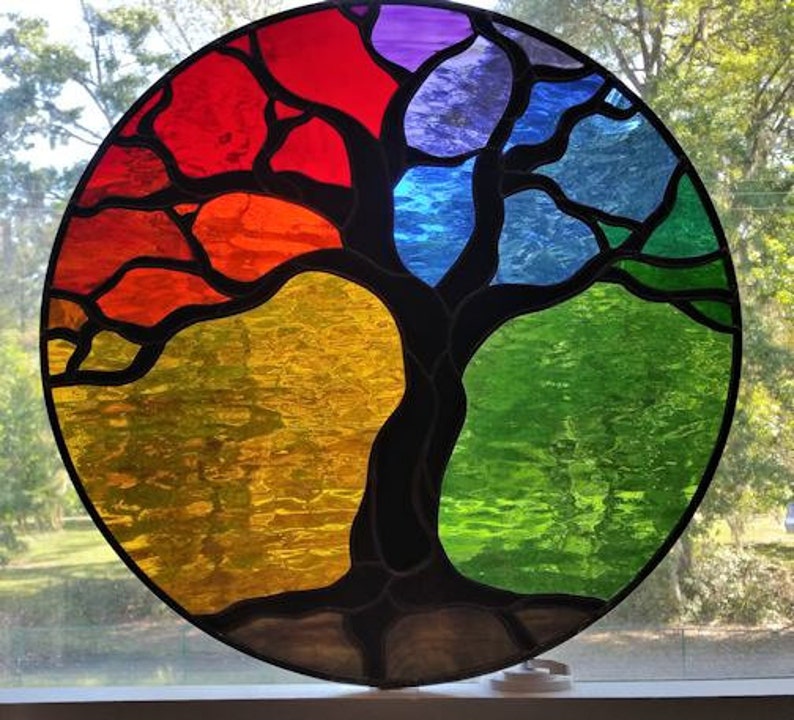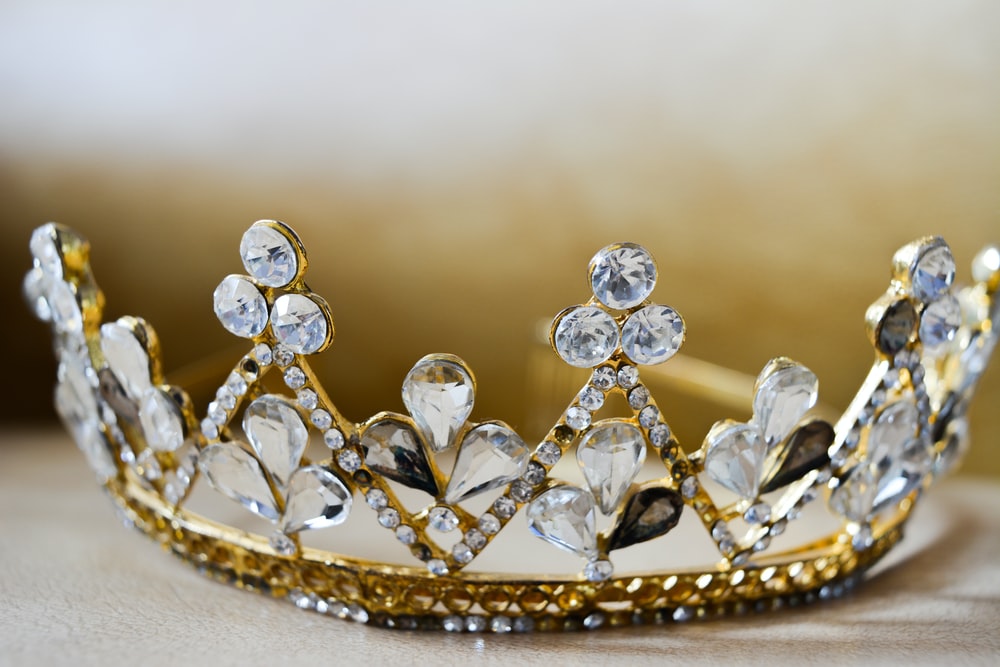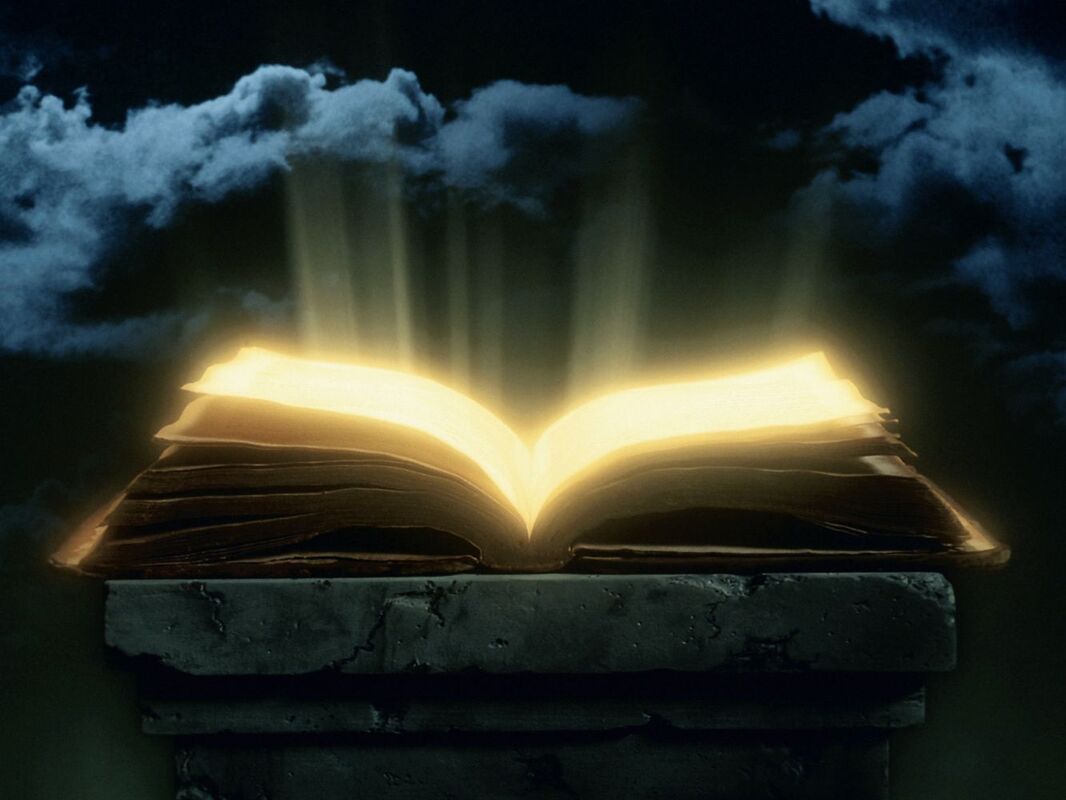Hi this must be a reference to earthquakes which are man made by building subway systems in the ground and tunnels for sewage. That is hard to work around and is really causing the tectonic plates to shift and create energy that makes the earth move violently. Some earthquakes have been very strong that causes Tsunami that are dangerous. An earthquake that is 7.5 or higher on the Richter scale will cause a Tsunami.
What are earth's tectonic plates?
Tectonic plates are gigantic pieces of the Earth's crust and uppermost mantle. They are made up of oceanic crust and continental crust. Earthquakes occur around mid-ocean ridges and the large faults which mark the edges of the plates.
What are the 7 major tectonic plates on Earth?
The Earth's major tectonic plates are:
- African Plate.
- Antarctic Plate.
- Eurasian Plate.
- Australian Plate.
- North American Plate.
- Pacific Plate.
- South American Plate.
Where are the earth's tectonic plates?
In plate tectonics, Earth's outermost layer, or lithosphere—made up of the crust and upper mantle—is broken into large rocky plates. These plates lie on top of a partially molten layer of rock called the asthenosphere.
How many tectonic plates exist on earth?
7 major
When we talk about tectonic or lithospheric plates, we mean the sections into which the lithosphere is cracked. The surface of the Earth is divided into 7 major and 8 minor plates.
What causes plate tectonics?
Tremendous heat and pressure within the earth cause the hot magma to flow in convection currents. These currents cause the movement of the tectonic plates that make up the earth's crust.
How are Earth's tectonic plates formed?
Starting roughly 4 billion years ago, cooler parts of Earth's crust were pulled downwards into the warmer upper mantle, damaging and weakening the surrounding crust. The process happened again and again, the authors say, until the weak areas formed plate boundaries.
What tectonic plate is the smallest?
The Juan de Fuca Plate
Answer and Explanation: The Juan de Fuca Plate is the smallest of earth's tectonic plates. It is approximately 250,000 square kilometers. It is located west of Washington State and British Columbia, under the Pacific Ocean.
What is the 8 minor plates?
The list of Earth's minor plates includes the Arabian Plate, Caribbean Plate, Cocos Plate, Nazca Plate, Philippine Plate, Scotia Plate, and more. There are also many smaller plates throughout the world.
What do tectonic plates do?
Plate motions cause mountains to rise where plates push together, or converge, and continents to fracture and oceans to form where plates pull apart, or diverge. The continents are embedded in the plates and drift passively with them, which over millions of years results in significant changes in Earth's geography.
What are the 3 types of plate boundaries?
Divergent boundaries -- where new crust is generated as the plates pull away from each other. Convergent boundaries -- where crust is destroyed as one plate dives under another. Transform boundaries -- where crust is neither produced nor destroyed as the plates slide horizontally past each other.
How far do tectonic plates move each year?
The movement of the plates creates three types of tectonic boundaries: convergent, where plates move into one another; divergent, where plates move apart; and transform, where plates move sideways in relation to each other. They move at a rate of one to two inches (three to five centimeters) per year.
How do you identify tectonic plates?
The plates behave as rigid bodies with some ability to flex, but deformation occurs mainly along the boundaries between plates. The plate boundaries can be identified because they are zones along which earthquakes occur. Plate interiors have much fewer earthquakes.
What is it called when two plates meet?
The Earth's outer shell is divided into pieces called plates. Most volcanoes, mountains, and earthquakes occur where plates meet. Places where plates meet are called plate boundaries.
How do tectonic plates cause earthquakes?
The tectonic plates are always slowly moving, but they get stuck at their edges due to friction. When the stress on the edge overcomes the friction, there is an earthquake that releases energy in waves that travel through the earth's crust and cause the shaking that we feel.
Do tectonic plates always move?
Tectonic plates, the massive slabs of Earth's lithosphere that help define our continents and ocean, are constantly on the move. Plate tectonics is driven by a variety of forces: dynamic movement in the mantle, dense oceanic crust interacting with the ductile asthenosphere, even the rotation of the planet.
How heavy is a tectonic plate?
From the figures above, the mass of the plate is 2.85 × 1022 kg.
How big is a tectonic plate?
Tectonic plates are pieces of Earth's crust and uppermost mantle, together referred to as the lithosphere. The plates are around 100 km (62 mi) thick and consist of two principal types of material: oceanic crust (also called sima from silicon and magnesium) and continental crust (sial from silicon and aluminium).
Who gave plate tectonic theory?
Alfred Wegener
Alfred Wegener in Greenland. Plate tectonics is the theory that Earth's land masses are in constant motion. The realization that Earth's land masses move was first proposed by Alfred Wegener, which he called continental drift.
What do you think will happen to Earth if tectonic plates are not?
And if plate tectonics stops, Earth eventually (through erosion) loses most or all of the continents where most terrestrial life exists. In addition, CO2 is removed from the atmosphere via weathering, causing our planet to freeze.
Where is the Ring of Fire?
the Pacific Ocean
The Ring of Fire, also referred to as the Circum-Pacific Belt, is a path along the Pacific Ocean characterized by active volcanoes and frequent earthquakes. The majority of Earth's volcanoes and earthquakes take place along the Ring of Fire.
What are the 4 types of plate tectonics?
What are the major plate tectonic boundaries?
- Divergent: extensional; the plates move apart. Spreading ridges, basin-range.
- Convergent: compressional; plates move toward each other. Includes: Subduction zones and mountain building.
- Transform: shearing; plates slide past each other. Strike-slip motion.
Are there tectonic plates under the ocean?
The subduction zones at which the tectonic plates beneath the sea thrust into the deep Earth act as gigantic conveyer belts, carrying water, fluids and volatile compounds into our planet. Water in Earth's interior is released back into the oceans and atmosphere by volcanoes.
How do tectonic plates affect humans?
Tectonic processes cause the movement of land and earthquakes. This heat drives plate tectonics and parts of the rock cycle. Where humans can live can be affected by volcanic events, sea level rise, and earthquakes, all of which are related to tectonic processes.
What would happen if plate tectonics stopped moving?
But without plate tectonics, Earth will simply stop making new ones. The mountains we have now would erode over a few million years, turning into low, rolling hills. Our planet would eventually flatten out, with more land ending up underwater. On the bright side, there'd be fewer natural disasters.
Why are plate tectonics important to life on Earth?
Earth's oceans might not exist if water were not periodically subsumed by the planet's mantle and then released. Without plate tectonics driving the creation of coastlines and the motion of the tides, the oceans might be barren, with life-giving nutrients relegated forever to the stygian depths.










